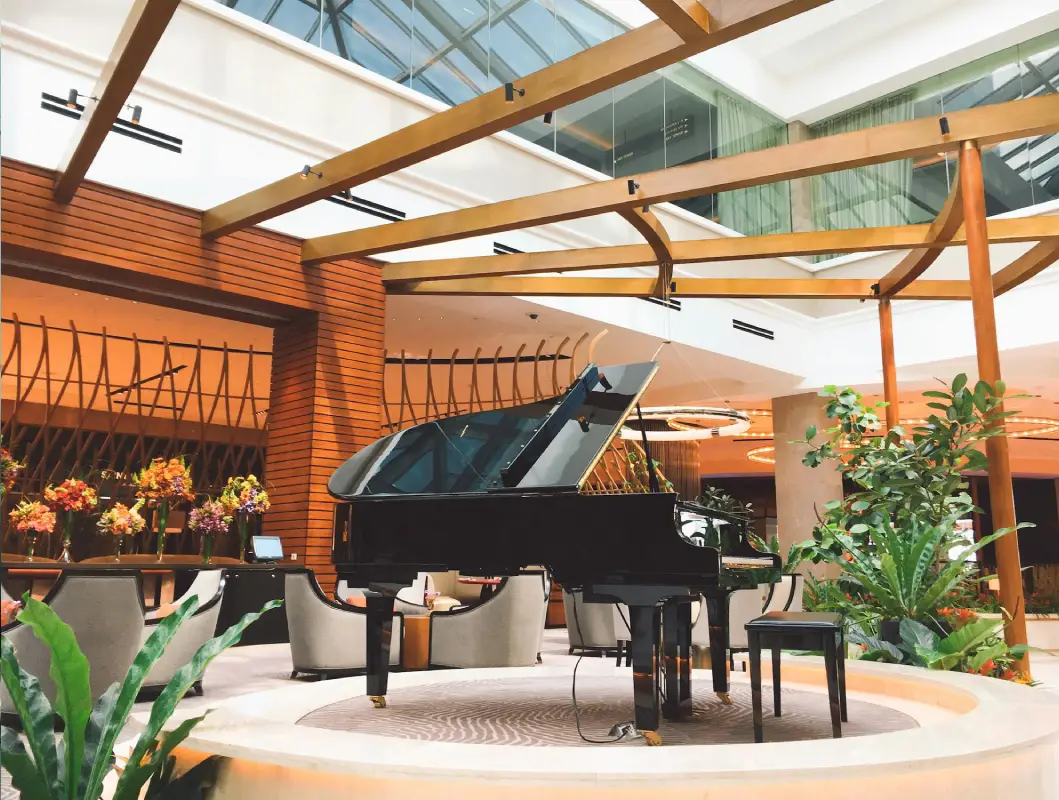The cost to retune a piano typically ranges from $100 to $200, depending on several factors, including the piano’s condition, the complexity of the tuning, the frequency of previous tunings, and the location. If additional repairs or services are needed, such as fixing broken strings or addressing humidity damage, the price may increase further. Some tuners charge extra for pitch raises when the piano has not been tuned for a long time and is significantly out of tune.
Tips for Managing Piano Tuning Costs
Regular maintenance can help minimize the costs of extensive tuning or repairs. Scheduling annual or biannual tunings ensures that the piano remains in good condition and reduces the likelihood of needing more costly pitch adjustments. Additionally, hiring a professional tuner ensures precision and prevents damage to the instrument during the tuning process. If you live in an area with significant humidity fluctuations, investing in a humidity control system for the piano may also help maintain its stability and sound quality.
Precautions Before Scheduling Piano Tuning
To ensure the best results, always hire an experienced and qualified piano tuner. Look for reviews or recommendations from other piano owners or music schools. If you’ve recently moved your piano, allow it a few weeks to acclimate to its new environment before tuning, as changes in temperature and humidity can affect its stability. Furthermore, check the piano for signs of wear or damage before the appointment to address any potential repairs during the same session.
Benefits of Regular Tuning
Maintaining a regular tuning schedule ensures the piano produces its best sound quality. Consistent tuning prevents structural stress on the instrument caused by uneven string tension, extending its lifespan. It also keeps the piano ready for practice or performance, ensuring an enjoyable playing experience.
Returning a piano is a worthwhile investment in the instrument’s longevity and sound. Consult a professional to assess your piano’s needs and develop a schedule that suits its use and environmental conditions. By taking these steps, you can preserve the rich tones and resonance of your piano for years to come.

